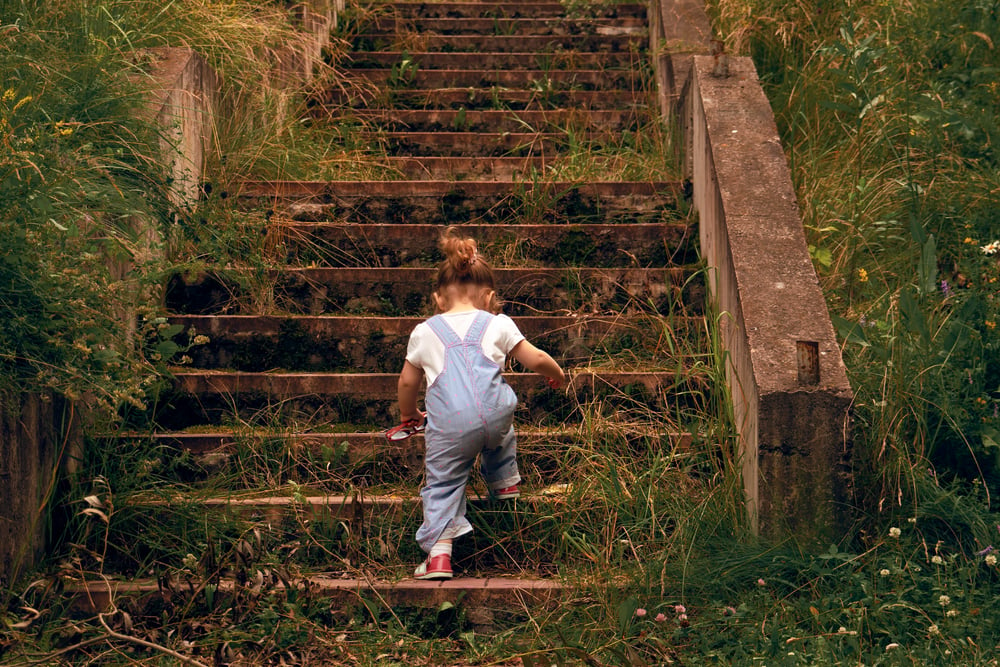Resilience is learnt from change. Most would have never experienced change so significantly as we have in the last 24 months during the COVID-19 pandemic. Organisations have coped differently but many have learnt the importance of building resilient teams. Now, in the wake of the pandemic, organisations want to know how to build a resilient team. Today we will run through 10 key team building resilience activities, to help you improve resilience in teams and organisations.
What is resilience in the workplace?
An organisation with strong team resilience is able to thrive whatever the wider world throws it’s way. Resilience in the workplace is the ability to recover quickly from difficulty and change. Resilient teams and organisations are persistent when facing challenges. They continuously learn and improve and can sustain performance for the long run.
Why are some people more resilient than others?
Resilience is a skill – the ability to recover and overcome. Naturally resilient people are able to remain calm in stressful situations. They are able to seek motivation and not lose focus during tougher times. In the same way that some of us dwell on failure, resilient people are able to bounce back quickly. Usually, you tend to find that those who have frequently experienced change, and its negative effects of it, are more resilient when present change happens.
Can resilience skills be learned?
Resilience, like most skills, can be learnt, developed and improved. Now that more organisations are learning that team resilience is a key to success, resilience team building is becoming more popular.
Through team building resilience activities, resilience skills can be mastered. Furthermore, training courses and programmes like Roffey Park Institutes Leading Resilient Teams and Organisations can improve your resilience skills.
Examples of resilience skills in the workplace
Resilience skills can come in many different forms in the workplace, at all levels. For example, if a team loses a valuable member without replacing them this can cause an increase in workload.
Getting through this phase by successfully managing a higher workload is a show of impressive team resilience. Another example could be if someone loses out on a promotion. Understanding why you missed out this time, taking time to reflect and develop your skillset and gaining promotion in the future is again a telling sign that you have good resilience skills.
10 resilience building activities for teams
Here are Roffey Park Institute’s top 10 team building resilience activities key to building resilient teams:
Storytelling Activity
We can adjust our mindset by re-creating narratives we tell ourselves. We can get stuck in re-playing the same stories, which may not be helpful or productive. By creating a healthier storyline, we foster our sense of control and how we interpret events.
Consider an example in your life where you continue to repeat a story that produces worry or anxiety. Try writing out a new version with a more positive interpretation. This process will begin to help you interpret anxious moments more positively in the real world. If your organisation can begin to change their mindset, stronger team resilience will develop.
Purpose Exercises
Finding meaning in one’s environment is an important aspect of resilience. It is believed that people with a strong sense of purpose experience more resilience. Purpose in life fosters resilience in part by protecting the brain against the negative effects of stress.
Finding meaning in life’s experiences, especially when facing challenges, is a key mechanism of resilience. Here are some purposes reflection activities that can improve team resilience:
- Why are you?
- Why do you get up in the morning?
- What keeps you awake at night?
- When are you most alive?
- What does being successful mean to you?
- How might you apply your gifts to a pursuit that is of deep interest to you and helps others?
- What can you do to make a difference in one person’s life, today?
- What is your sentence (meaning, if you summarised your purpose in one 140-character sentence, what would it be)?
- If you say yes to living purposefully, what do you say no to?
- If you met an older version of yourself, what sage advice would they give you?
Strengths and Gifts Activities
Identifying and leveraging strengths enhances team resilience. A great place to start is to reflect on your talents and strengths and consider how you can make a difference using them.
Sometimes identifying your own strengths can be difficult. Instead, ask 5 people that are close to you to send in writing what they see are your top strengths. This way will identify what you are good at, in the eyes of others, and you can begin thinking of ways you can make a difference.
The most resilient teams believe in their own strengths. They know they can confidently recover from setbacks by enhancing these strengths for the better.
Perform Acts of Kindness Activities
One of the best ways to boost happiness and resilience is to perform acts of kindness and express gratitude toward others.
- Consider a formal volunteering program in an area you are passionate about.
- Pick one person a day to show extra kindness to.
- Display random acts of kindness, i.e., paying for a stranger’s coffee.
A happy team is crucial to successful resilience team building. You must be in the right mindset to overcome setbacks. A happier team is a more resilient team.
Gratitude Activities
The practice of gratitude is one of the most proven methods for enhancing resilience. Keeping a gratitude journal can be a good way of maintaining resilience:
- Every day for the next week, write down a few things each day that you are grateful for.
- Write a letter of gratitude to people who mean something to you.
- Tell people what you appreciate about them.
- Start a gratitude blog.
This is a good activity to do between colleagues. Employees that feel appreciated will be more motivated if they overcome setbacks. Gratitude is important for strong team resilience.
Three Good Things Activity
Positive emotions can help develop your brief thoughts, actions, and attention to your surroundings. One example of this is to foster positive thoughts and emotions.
Consider ending your day by reflecting on and writing down 3 good things that happened today. Be intentional about reflecting on the experiences, noting how you felt, and what was the best thing about the experience.
Becoming more positively aware of your experiences will allow you to take more control of your surroundings. Team resilience is strongly based on how you control yourself and your emotions during a setback.
Design a Flow Activity
It is believed that there is a positive impact of experiencing a flow state on team resilience. Seek out a new flow experience that engages your attention and leaves you with a sense of accomplishing a goal. As you explore new flow activities, consider the following criteria:
- A task requiring skill and concentration
- Involves intense focus
- Is goal-directed
- Provides ongoing feedback
- Can feel both challenging yet effortless
- You feel in control
- You lose track of time
If you need guidance on how to create an effective flow chart, click here.
Body Scan Activity
Body scan is one form of mindfulness meditation, focused on the physical experience of mindfulness. It is a technique that hones your attention on different areas of your body to gain awareness and optimise your sensation.
Practicing body scan techniques is linked to greater wellbeing and increased resilience. Of course, it might be difficult for everyone in your team to find the time to frequently meditate. But if you can, there is a strong chance you will see your team resilience develop.
Find Something Funny Activity
Laughter has been found to boost resilience. Spend 10 minutes each day for 7 days on the following team resilience activities:
- Write down three of the funniest things you have experienced, seen, or heard that day. Note how they made you feel.
- Write down why you found it funny. The more specific you are, the more effective the exercise will be.
- Write these three funny things at the end of your day. Doing so will foster a new habit and may help you absorb the emotion more as you are going to sleep.
Laughter contributes to a positive mindset. It is the ability to stay positive during a setback that is a good sign of resilience. A good sign of team resilience is a positive work environment, that includes laughter.
Find the Silver Lining Activity
Looking on the bright side is a good way to improve team resilience.
Think about an upsetting experience you have had recently. Rather than focusing on the frustration of the experience, reflect on three positive things about it. For example, you missed the bus to work and had to walk. Although you were a little bit late, it gave you a good opportunity to get some exercise into your day.
The ability to see the positive side of things during a setback, or a negative experience, is a strong sign of resilience. By fostering a positive culture within your organisation, you will see an improvement in team resilience.





